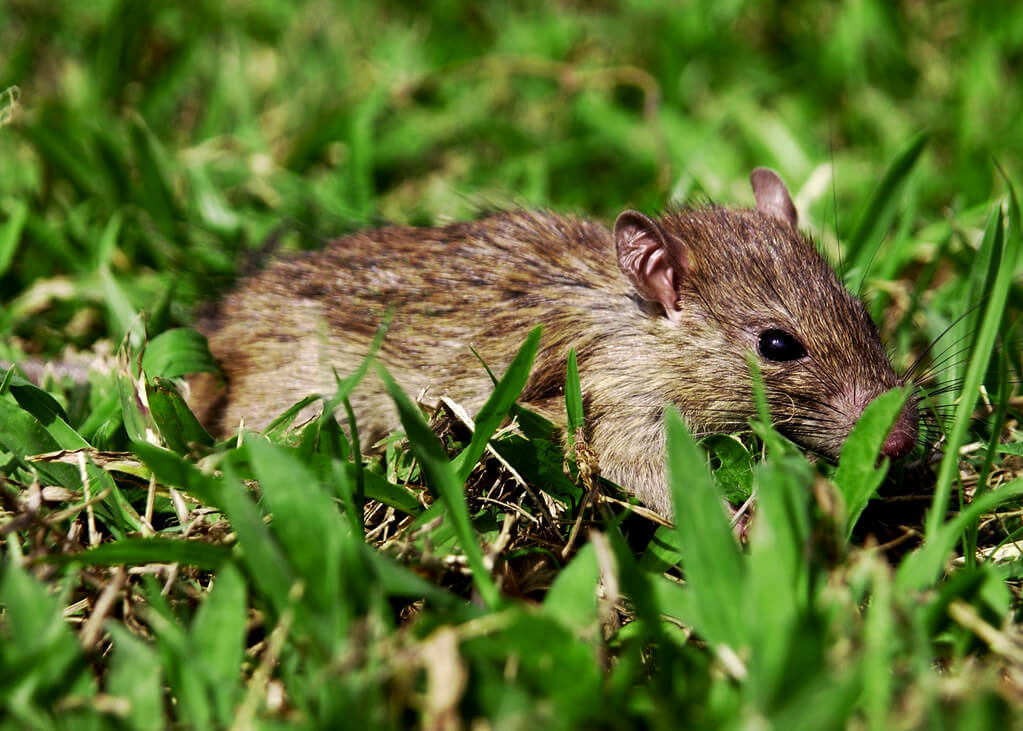Farmers in Western Kenya looking to diversify from sugarcane face attacks from rats from nearby sugarcane plantations wiping out their entire harvests.
After taking the bold step to clear out two acres of sugarcane for beans and sweet potato farming, Wilberforce Wanyonyi, a smallholder farmer in Mumias is not staring at absolute losses after attacks from a pack of rats.
Having grown sugarcane for five years on land inherited from his father, the young farmer was disheartened by the consistently inconsistent payments from sugar millers. “After clearing and ploughing my field for harvest I was advised by county agricultural officers to apply lime to reduce the acidity of my soil from years of DAP and urea fertiliser application as well as grow rhizobium coated beans which would help inject nitrogen into my soil,” Wanyonyi said.
Three months on, about two-thirds of the one-a-half acres of beans and half an acre of sweet potatoes he planted has been eaten by rats which hide in 40 cm deep burrows in the adjacent sugarcane fields.
“Previously, the rats attacked my sugarcane but the damage they did was minimal. We would also have one or two around our kitchen garden which were easily caught or scared away by the house cat. But since we planted the beans and sweet potatoes, they have come out in floods. The numbers are unmanageable,” he worryingly noted.
Read More:
Sugarcane farmers deploy beetles to combat white scale pests
Sugarcane juice-making enterprise earns 5* more
Despite using rodenticides such as Red Cat and even fostering a dog to hunt the rats, nothing has managed to ward them off or decrease their numbers.
According to Nickson Wafula, a government extension officer, there is no one solution to attacks from rats and mice on crops
“Rodents are prevalent in farms where there are thickets and right when crops are about to mature. So the first step I’d advise a farmer is to clear any bushes around their farms or compound. Thorough weed control should also be done on adjacent sugarcane farms,” he said.
The edges of sugarcane fields are often unploughed and should be regularly cleared or sprayed to prevent grasses and weeds from growing.
Grasses and weeds provide rats with protein encouraging them to breed and are the perfect material to construct breeding nests.
While traps are useful for house rats and mice, they are not effective at dealing with families of field rats.
Justus Mbiti, a farmer in Wote, has rid his farm of rats with both Storm wax bait rodenticides and Fuko-kil rat paste.
“They work differently but are both as effective,” he said.
Fuko-kill is smeared on foods rats find appealing such as groundnuts or breads and left at the entrance of the rat’s homes. Once consumed, it kills them in eight to 24 hours. Storm blocks are highly palatable baits for rats. It delivers a delayed lethal dose to rodents killing them in four to ten days. This delay allows the rats to return to their nests, which reduces the chances of bait shyness by other rats, improving the effectiveness of the bait.
Read More:
Separate caging avoids unwanted pregnancies in rabbits
Kakamega farmer abandons sugarcane, maize for more lucrative pig keeping
Care should be taken when handling these poisons by using hand gloves and masks and keeping them out of the reach of children.
Owls are natural enemies that are highly effective in hunting rats. They can be encouraged to stay around by providing nesting sites or boxes and artificial standing and roosting areas.
Rat snakes are also effective rat hunters that are not harmful to humans and should not be killed.
